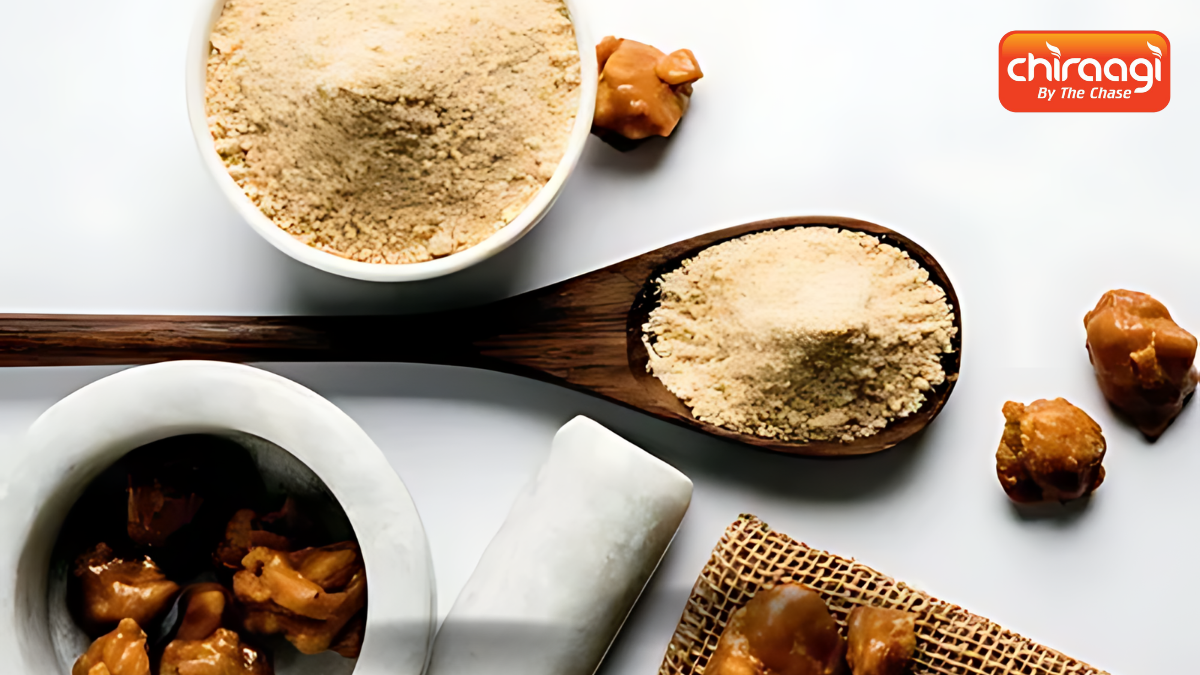When added to food, asafoetida (often called “devil’s dung” because of its strong aroma) adds taste and aroma that elevates food to a whole new level. This gum resin is a mainstay of Indian cooking and is becoming more and more well-known across the globe for its distinct flavor and many health advantages. It is made from the roots of Ferula plants. Aromatic and Tasty Asafoetida has a strong smell at first, but it becomes milder and more flavorful when cooked, adding a lovely touch to many meals.
The Origins and Historical Significance of Aromatic and Tasty Asafoetida
The history of asafoetida dates back to ancient Persia and India, when it was valued for both its therapeutic and culinary qualities. Its usage in traditional Ayurvedic and Unani medicine is mentioned in historical documents, demonstrating its importance throughout cultures and eras.
Trade and Cultural Exchange
In ancient trading routes, asafoetida was indispensable. In the spice trade, especially between the Middle East and India, it was a lucrative product. Asafoetida was traded across these areas, which led to its broad usage and blending into a variety of culinary customs.
The Unique Production Process of Asafoetida
Harvesting the Resin
The resin from the Ferula plant is harvested to start the process of making Aromatic and Tasty Asafoetida. Farmers cut slits in the base of the plant so that the resin can seep out. This resin is then gathered and allowed to dry, solidifying into a mass that is then pulverized into a fine powder.
Processing and Blending
Asafoetida is a dried resin that is usually mixed with rice flour or wheat flour to lessen its strong flavor and odor before being used in food preparation. In addition to making it simpler to utilize in cooking, this technique guarantees that flavors are distributed evenly throughout meals.
Culinary Uses of Asafoetida

A Flavor Enhancer
It’s well known that asafoetida can improve the flavor of a lot of different foods. It can replicate the savory depth usually found in meat or fish thanks to its umami-rich character, which makes it a great complement to vegetarian and vegan recipes. A pinch of Aromatic and Tasty Asafoetida, which is frequently used in lentil meals, curries, and vegetable sautés, may take the flavor to entirely new levels.
Versatility in Different Cuisines
Asafoetida is a staple in Indian cooking, but it can be used in other recipes as well. Additionally, it can be added to Mediterranean and Middle Eastern dishes. Asafoetida is a valuable spice in any international cuisine because of its adaptability in dishes like hummus, falafel, stews, and marinades.
Pairing with Other Spices
When combined with other spices like cumin, mustard seeds, and turmeric, asafoetida makes an amazing combination. These spices enhance any dish with their harmonious blend of tastes. The base of many Indian dishes is asafoetida and aromatic spices in tempering, or “tadka”.
Health Benefits of Asafoetida
Digestive Aid
Asafoetida’s contribution to improved digestion is among its most well-known advantages. Due to its ability to reduce bloating and flatulence, it is a common ingredient in cuisines that include legumes, which are frequently challenging to digest. Its carminative qualities guarantee a more easily assimilation procedure.
Anti-inflammatory and Antioxidant Properties
Asafoetida is a significant source of chemicals with antioxidant and anti-inflammatory properties. Its advantageous qualities boost general health and well-being by lowering inflammation and shielding cells from oxidative damage.
Antimicrobial Effects
As a result of its antibacterial qualities, asafoetida can aid in the treatment of a variety of bacterial and fungal illnesses. This makes it an important spice for both its flavor and possible health advantages.
Respiratory Health
Asthma and bronchitis are two respiratory ailments that Aromatic and Tasty Asafoetida is used to treat in conventional medicine. Its expectorant qualities aid in mucus clearance, facilitate better breathing, and relieve respiratory conditions.
How to Use Asafoetida in Cooking
Proper Storage
The right storage of asafoetida is crucial to preserving its efficacy and freshness. Asafoetida should be stored in an airtight container away from moisture, heat, and light. In the long run, this will help maintain its potent flavor and scent.
Cooking Tips
- Using Sparingly: Given its strong flavor, asafoetida just needs a tiny pinch to add flavor to a meal. Excessive additions may overwhelm other flavors.
- Tempering: Typically, asafoetida is applied at the start of cooking. It is frequently used for tempering, a process that releases the tastes of other spices by briefly sautéing them in heated oil.
- Balancing Flavors: Because of its powerful flavor, asafoetida needs to be well-balanced with other spices and ingredients to create a harmonious flavor profile.
Popular Recipes Featuring Asafoetida
Dal Tadka
Lentils are cooked with a tempering of asafoetida, cumin seeds, garlic, and red chile in Dal Tadka, a traditional Indian dish. A mainstay in Indian homes, this dish is simple but full of flavor.
Chana Masala
Popular North Indian meal, Chana Masala, has chickpeas cooked in a hot sauce made of tomatoes. During the tempering process, asafoetida is added, which improves the dish’s flavor overall.
Vegetable Sambar
Vegetable Sambar, a lentil-based stew with mixed vegetables and a special blend of spices, including asafoetida, is a beloved dish in South India. You usually get this meal with dosa or rice.
Conclusion
A fascinating spice with a long history and a wide range of culinary and health advantages is Aromatic and Tasty Asafoetida. Its distinct taste and adaptability make it a necessary component of any kitchen, able to elevate simple meals to spectacular gourmet creations. When you cook using asafoetida, you may take advantage of its many health advantages in addition to its aromatic and delicious properties.


